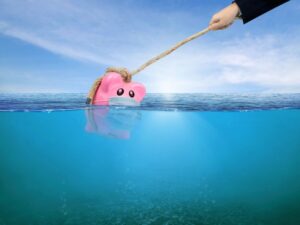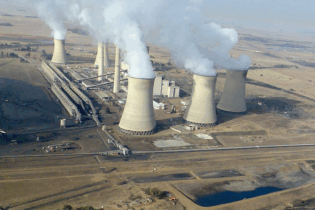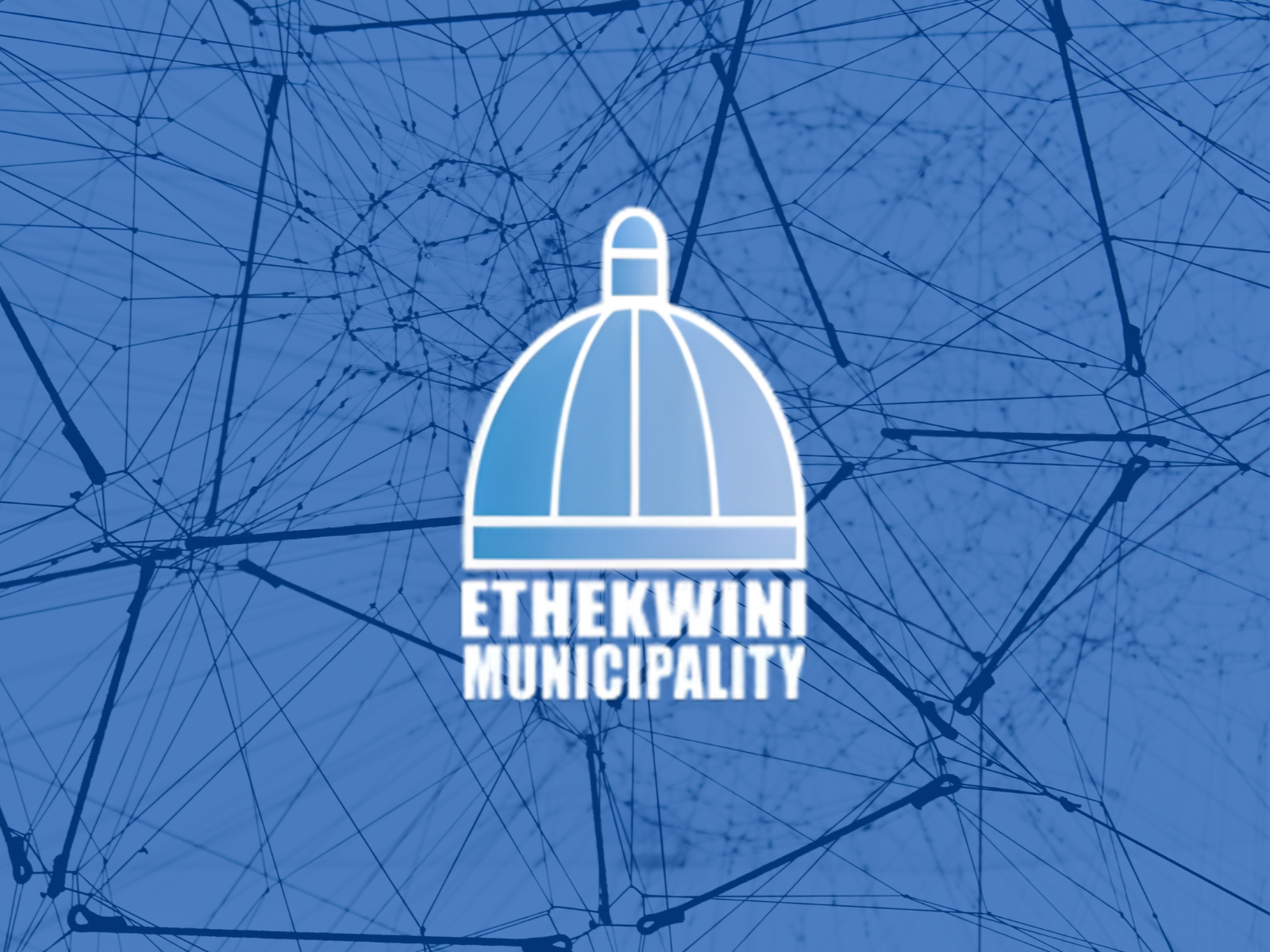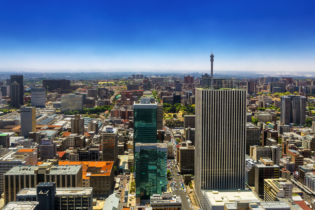South Africa’s water finance account has been in the red for years and the numbers are staggering: R898 billion is needed to fund the National Water and Sanitation Masterplan (NW&SMP). Alarmingly, we are adding to that total daily, as the impacts of increased urbanisation and climate-driven weather events take their toll.


- Expand financing options
- Plan with water in mind
Long-term savings in the form of pensions and collective investment schemes, represent one of the largest sources of private finance in the country. And recent research by Sanlam found that standalone retirement funds anticipate investing 6.6% of their assets, on average, in infrastructure. This is significant given that retirement funds hold around R4.5 trillion in assets. So, there is potential to move the water finance account into the black by focusing on financing structures that attract private finance.
Plan with water in mind: include water considerations in all infrastructure planning Apart from being essential to life, water is integral to a diverse range of economic activities, including agriculture, construction, energy generation, medical care and maintaining ecosystem integrity. In a nutshell, all these activities can therefore be materially affected by what happens to the water ecosystem. For example, the tourism sector in Cape Town was affected by the drought that began in 2015 and only ended in 2018, because of perceived and actual water risks. Fast track to this year, the floods in Kwazulu-Natal created significant transport backlogs following damage to infrastructure at the ports of Durban and associated road routes, affecting the country’s exports and imports. Yet a comprehensive assessment of these risks is often not considered when those economic activities are planned. And since it is typically only what is measured that gets done, the water finance gap is exacerbated because these risks are not known, and money is not allocated by the affected parties towards addressing them. The integration of water risk can be addressed by asking key questions during any planning process, such as:- What is the water input demands of electricity generation? How can electricity generation be affected by water-related events such as floods, snowfalls, or drought? A comprehensive review titled ‘The vulnerability of the South African electricity transmission network infrastructure to weather and climate’ indicated that a deeper understanding of such water input impacts on electricity and infrastructure would assist considerably with risk management and risk management and decision making, consequently contributing to the sustainable provision of electricity in South Africa.”
- How will the water availability in the Orange-Senqu River basin be affected by climate change? This is important given that this river basin contributes 26% to South Africa’s GDP and supplies most of the water consumed in Gauteng province which generates 33.9% of the country’s GDP given that climate change models predict significant changes in precipitation in East Southern Africa in general.
- What physical water risks does my factory face? What if there was heavier than usual rainfall? Or a heavy storm? Certain industrial processes require a certain quality and purity of the water to work efficiently.
- Do my employees have access to adequate sanitation at home? Among other things, access to effective sanitation was an important factor in addressing the Covid-19 pandemic and is a marker of human development in general, so this is an important question to ask.








